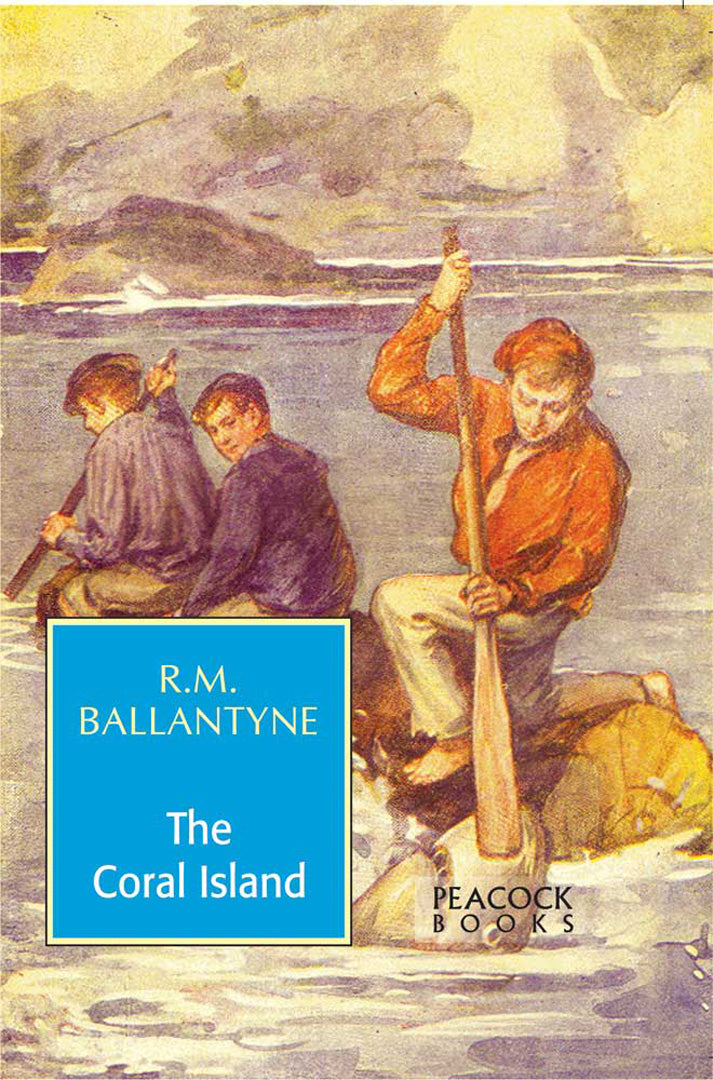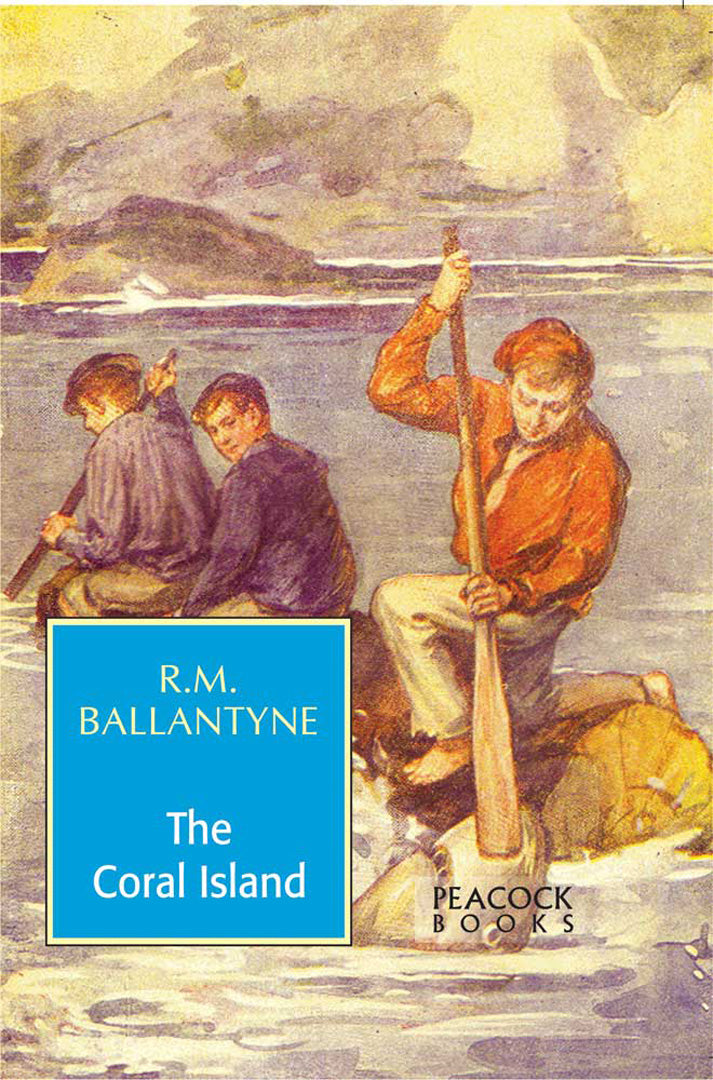The Coral Island: A Tale of the Pacific Ocean
The Coral Island: A Tale of the Pacific Ocean
R.M. Ballantyne
Couldn't load pickup availability
Share

More Information
- ISBN13:
- Publisher: Atlantic Publishers & Distributors (P) Ltd
- Publisher Imprint: Peacock Books
- Publication Date:
- Pages: 300
- Binding:
- Item Weight:
- Original Price:
About The Book
The Coral Island: A Tale of the Pacific Ocean, published in 1858 in is R.M. Ballantyne’s most famous novel. It is one of the pioneer works of juvenile fiction to feature exclusively juvenile heroes. The story relates the adventures of three boys marooned on a South Pacific island, the only survivors of a shipwreck.
It is a genre of fiction inspired by Daniel Defoe’s Robinson Crusoe. It is among the most popular of its type, and has never been out of print ever since its first publication. The major themes of the novel are the civilizing effect of Christianity, 19th-century British imperialism in the South Pacific. It is believed to have inspired and the importance of hierarchy and leadership. It was the inspiration for the Nobel Prize winning English author William Golding’s dystopian novel Lord of the Flies (1954).
The Coral Island was an almost instant success, and was translated into almost every European language within fifty years of its publication. It was widely admired by its contemporary readers.
The Coral Island is a classic example of the boy’s adventure story, a prominent genre in the children’s literature of the Victorian period. It started a trend in juvenile fiction by using boys as the main characters, a device now prevalent in the genre. Depicting exotic locales and adventures featuring young male protagonists, the book and others like it dominated boy's fiction of the late nineteenth century, highlighting the British lifestyle and its Victorian ethos to enthusiastic young readers. The book remains the most enduring work from Ballantyne’s extensive canon and is often figures in the critical writings about the pre-Colonialist children’s literature.
The Coral Island was adapted into a four-part children’s television drama broadcast in 2000.
About The Author
ROBERT MICHAEL BALLANTYNE (1825-1894) was a Scottish author of juvenile fiction. Her wrote more than 100 books but is chiefly famous for his adventure story, The Coral Island. He was born in Edinburgh on 24 April 1825, to Alexander Thomson Ballantyne and Anne. His father was a newspaper editor and printer in the family firm of Ballantyne & Co.
A banking crisis in UK in 1825 resulted in the collapse of the Ballantyne printing business. Ballantyne went to Canada at the age of 16, and spent five years working for the Hudson’s Bay Company. His longing for family and home during that period urged him to start writing letters to his mother. This long letter writing sharpened his writing skills. In 1847 he returned to Scotland where he published his first book Hudson’s Bay; Or, Life in the Wilds of North America, and for some time was employed by the publishers Messrs Constable. In 1856 he gave up business and focused on his literary career. He began the series of adventure stories for the young and earned name and fame in this field.
Some of the popular adventure stories written by him include The Young Fur-Traders (1856), The Coral Island (1857), The World of Ice (1859), Ungava: A Tale of Eskimo Land (1857), The Dog Crusoe (1860), The Lighthouse (1865), The Pirate City (1874), Erling the Bold (1869), among others.
Ballantyne’s stories were written from personal experience. For instance, Snowflakes and Sunbeams; Or, The Young Fur Traders (1856) is a boys’ adventure story based on Ballantyne’s experiences at the Hudson’s Bay Company. The heroes of his books exhibit remarkable self-reliance and moral uprightness.
Ballantyne has left a rich legacy and greatly influenced subsequent writers, notably Robert Louis Stevenson.

